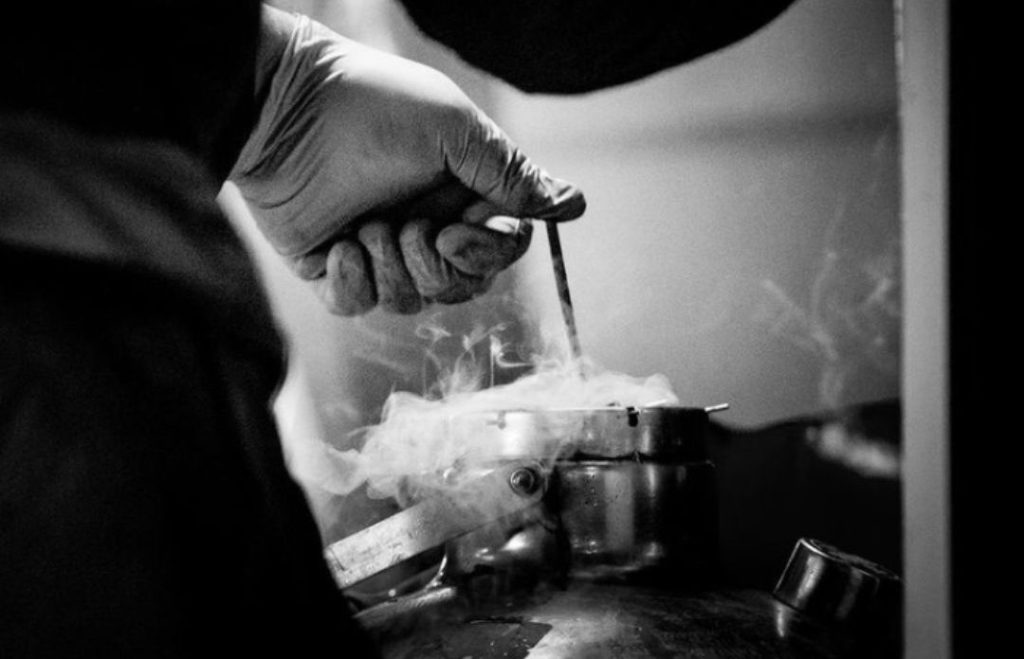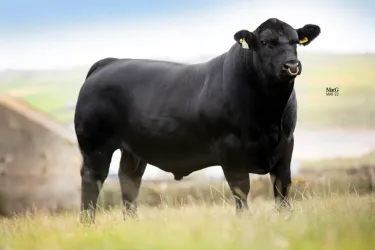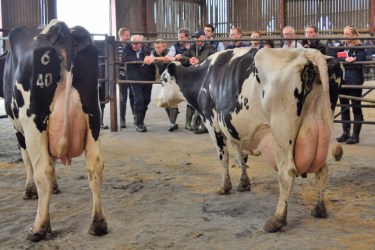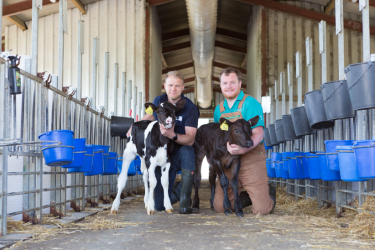Timing of insemination in cattle and bovine fertility are two vital factors for all dairy and beef farmers to consider, when it comes to making sure the breeding season goes smoothly so that a farm can function as profitably as possible. The timing of insemination has a huge impact on whether or not the process will be a success.
If your herd is inseminated too early then the sperm will not be capable of fertilising the egg, but too late, and the egg will no longer be fertile when the sperm reaches it. There is an optimum window of opportunity every cattle farmer should look for when preparing for the insemination process.
Heat
The best way of timing insemination in cows is by observing their heat, with cows ovulating approximately 24 to 32 hours after the start of their standing heat. When cows start showing signs they are in heat, they are entering the oestrus phase of their cycle – the time they are most fertile in a 21-day period. The best conception rates have been found to come from mid oestrus to two or three hours after oestrus ends.
Because modern herds no longer show as many physical signs of heat as cattle did in the past (with less than half of all cows standing to be mounted) herd monitoring systems can help you better understand when your cows are going through oestrus, helping farmers to time the insemination process and yield more success.
The AM/PM rule
Because oestrus in cattle lasts around 15 to 18 hours, if you are able to conduct heat detection twice every day with your herd, then the am/pm rule applies. Any cows that are in heat in the morning should be inseminated the same evening, and any that are in heat in the evening should be inseminated the following morning. The more often heat detection can be conducted, the more accurately oestrus can be timed, and AI should be conducted 12 hours after oestrus is detected.
Once daily AI
While there is an optimum time to inseminate cattle, many farmers do not have the capacity to conduct heat detection twice or more a day. For farmers that can only conduct heat detection once a day or can only test a small amount of cows, then once daily artificial insemination should be used, which studies have indicated can result in the same fertility as twice daily AI.
This technique means that cows which are on heat the previous evening and cows on heat the current morning should all be inseminated that same morning. This is the best technique for when it is not possible to conduct two periods of heat observation in a day, as it will minimise any cows being inseminated too late, which is worse for fertility rates than when they are inseminated too early.
Fixed time AI
Fixed Time Artificial Insemination is a cost-effective and popular solution to AI and avoids the need to detect heat. This technology synchronises your herd using exogenous hormones so they can be artificially inseminated over a controlled timeframe. This synchronisation allows farmers to successfully inseminate cows and heifers on a single day at the same time.
Find out more about our cattle AI services
There are a variety of options and techniques available to those who are timing artificial insemination in cattle. Every farm and every cow is different and we can help provide a customised AI solution for your herd, to maximise profitability and progress.
We specialise in reproduction management and have highly trained, experienced specialists who perform thousands of inseminations every year. Contact us for cattle AI services and see how we can help.






